Devs and testers need fake credit card numbers for testing payments. They usually look for tools that create these numbers safely, without using real bank details. The Luhn algorithm is what makes these fake credit card numbers work. It’s the math that helps them pass simple validity tests. Let’s break down how these numbers are built, why they’re important, and how to make them safely for testing.
Table of Content
- How does the Luhn algorithm validate credit card numbers?
- Why do testers need generated credit card numbers?
- Can generated credit card numbers be used fraudulently?
- What distinguishes a valid credit card number from a random one?
- How are credit card numbers structured across different issuers?
- What tools can generate valid credit card numbers?
- How do payment processors validate credit card numbers?
- What are the risks of using real credit card numbers for testing?
- How can developers integrate credit card generation into their workflows?
- What are the limitations of the Luhn algorithm?
- How do test card numbers differ from real ones?
- What are the best practices for using generated credit card numbers?
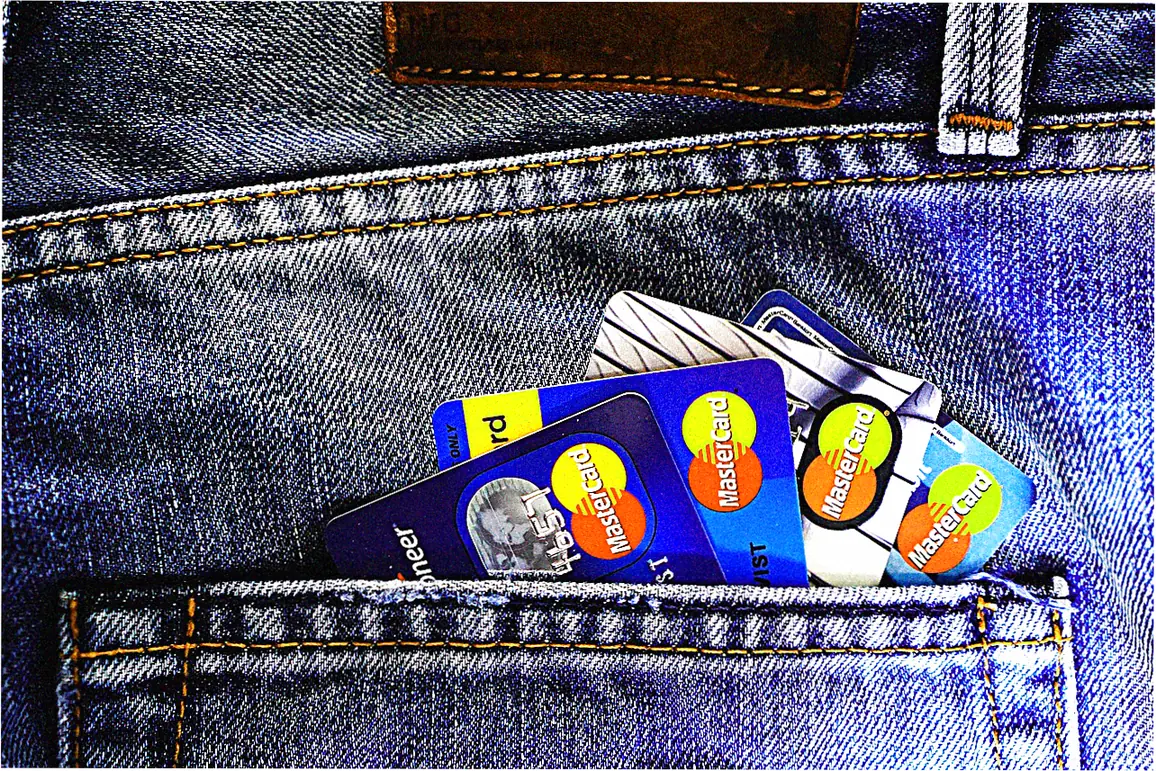
How does the Luhn algorithm validate credit card numbers?
The Luhn algorithm (some call it modulus 10) is a basic math trick. It checks if ID numbers – especially credit card numbers – are valid.
A smart guy at IBM named Hans Peter Luhn came up with this in 1954. It catches simple mistakes like typos in numbers. It works by doing some math on each digit of the card number.
Here’s how it goes: Start from the last number, then move left. Double every other number as you go. If doubling gives you a two-digit number, add those digits together. Add up all the final numbers. If the total divides evenly by 10, the card number is good. It’s great for spotting mistakes, but won’t stop hackers.

Why do testers need generated credit card numbers?
When testing online stores or payment systems, real credit card numbers are a no-go. It’s risky and breaks rules like PCI DSS. Fake card numbers that follow the Luhn rules let testers try out payments safely.
They look like real cards, with the same starting patterns for Visa, MasterCard, or AmEx. Like how Visa cards start with 4, and MasterCards with 5. Test numbers help check if systems handle payments right – even declines – without real money involved.
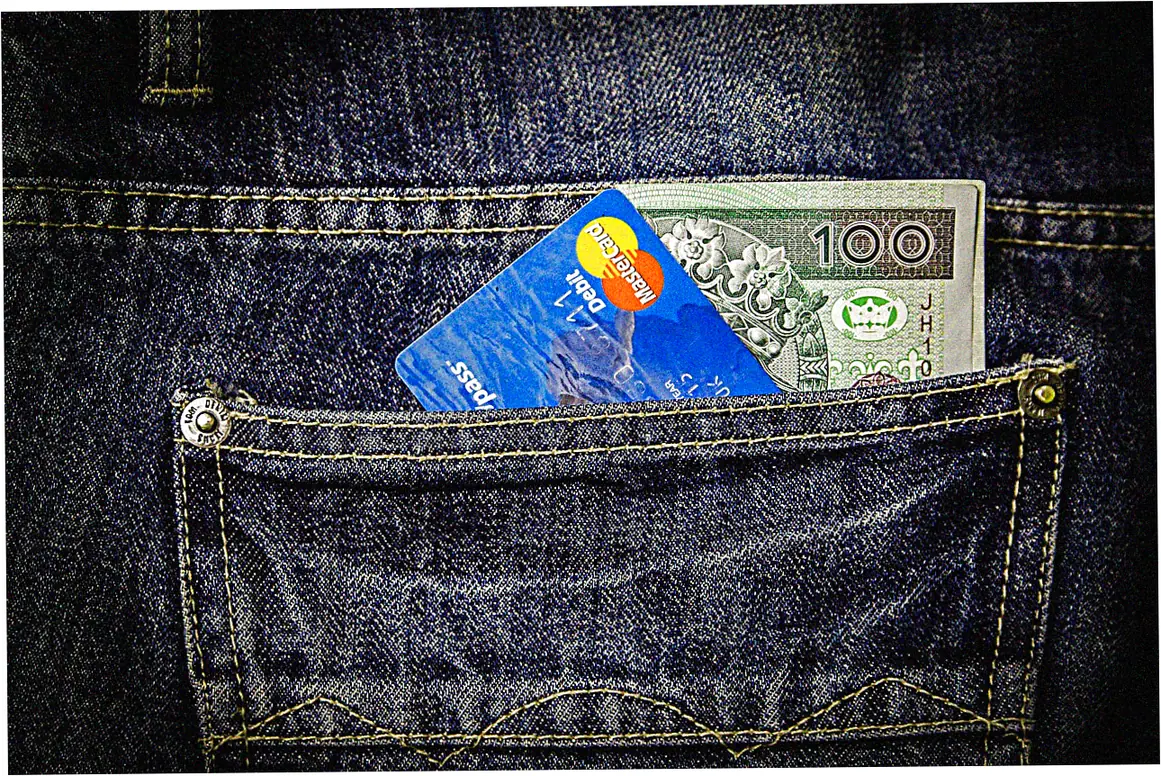
Can generated credit card numbers be used fraudulently?
Fake card numbers pass the Luhn test but miss key stuff – no CVV, expiry date, or real account info.
So they’re no good for actual purchases. But it’s super important to use them right.
Only use them in safe test setups, and keep them private. If someone mixes them with other fake info, it could cause trouble. Good generators add warnings and make numbers that won’t work for real payments. Follow the rules when testing to stay out of trouble.
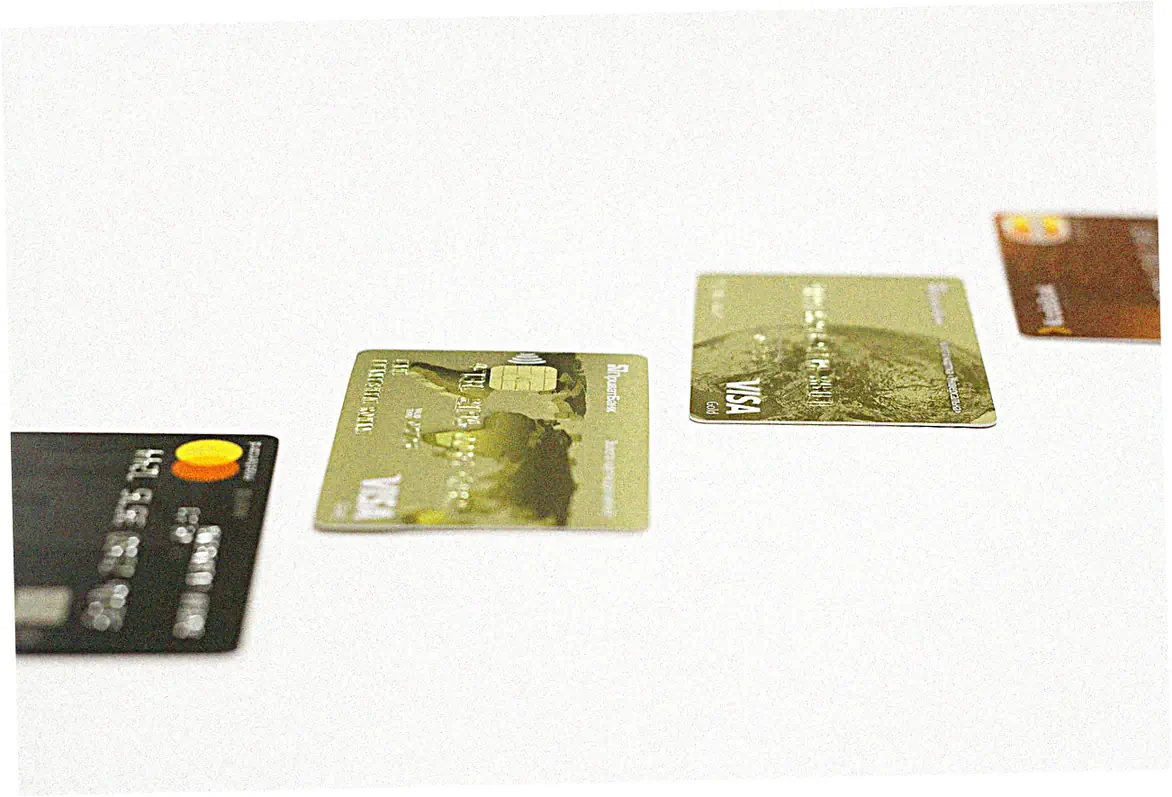
What distinguishes a valid credit card number from a random one?
Real-looking card numbers aren’t random. They’ve got special parts: the issuer code, account ID, and check digit.
The first few numbers show who issued the card – like Visa or MasterCard. The middle numbers are the account, and the last one is the Luhn check digit.
Random numbers won’t pass unless you make them follow Luhn’s rules. This system keeps numbers unique and easy to check. Change one digit in a real Visa number, and Luhn will catch it as fake.
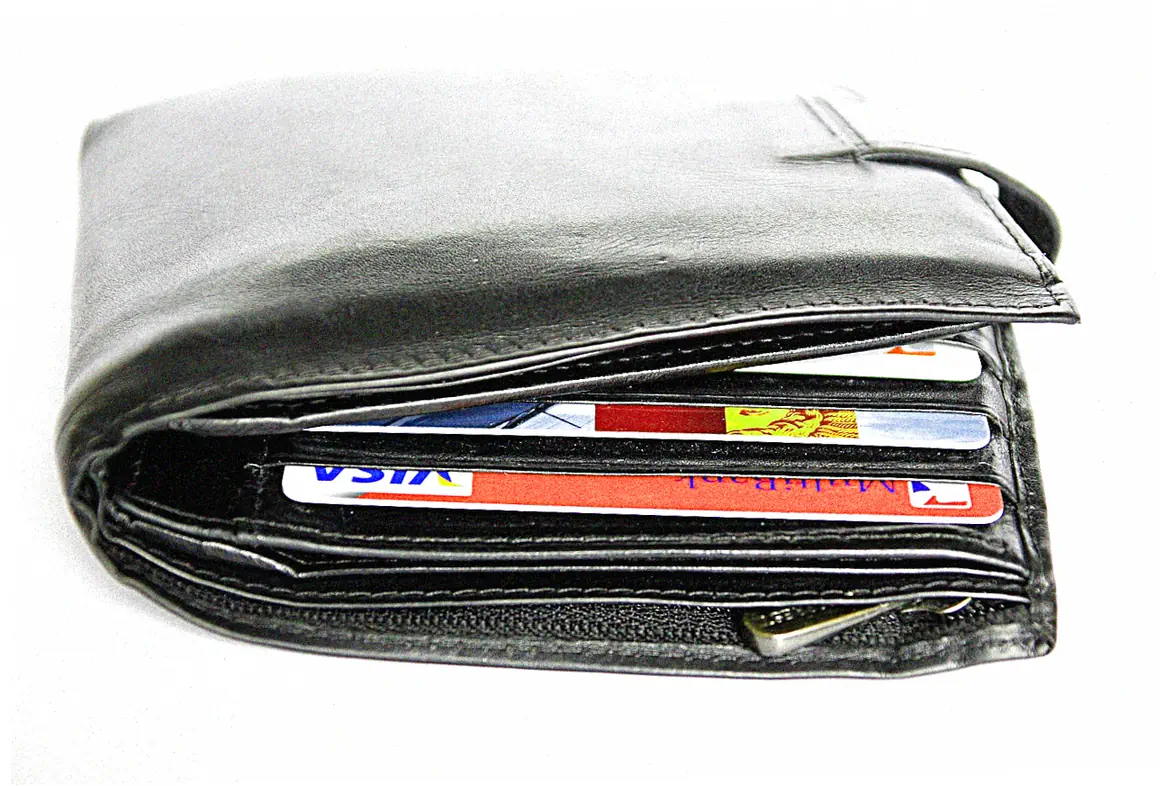
How are credit card numbers structured across different issuers?
Different card companies use different number formats.
Visa cards are 16 digits starting with 4. AmEx cards are 15 digits starting with 34 or 37. The first numbers tell you which company issued the card.
Middle numbers are the account, last one is the checker. This setup helps payment systems recognize cards fast and send payments the right way. Devs need to know these patterns to make or check test card numbers. Testing payments? You’ll want fake numbers for all card types to check how the system handles them.
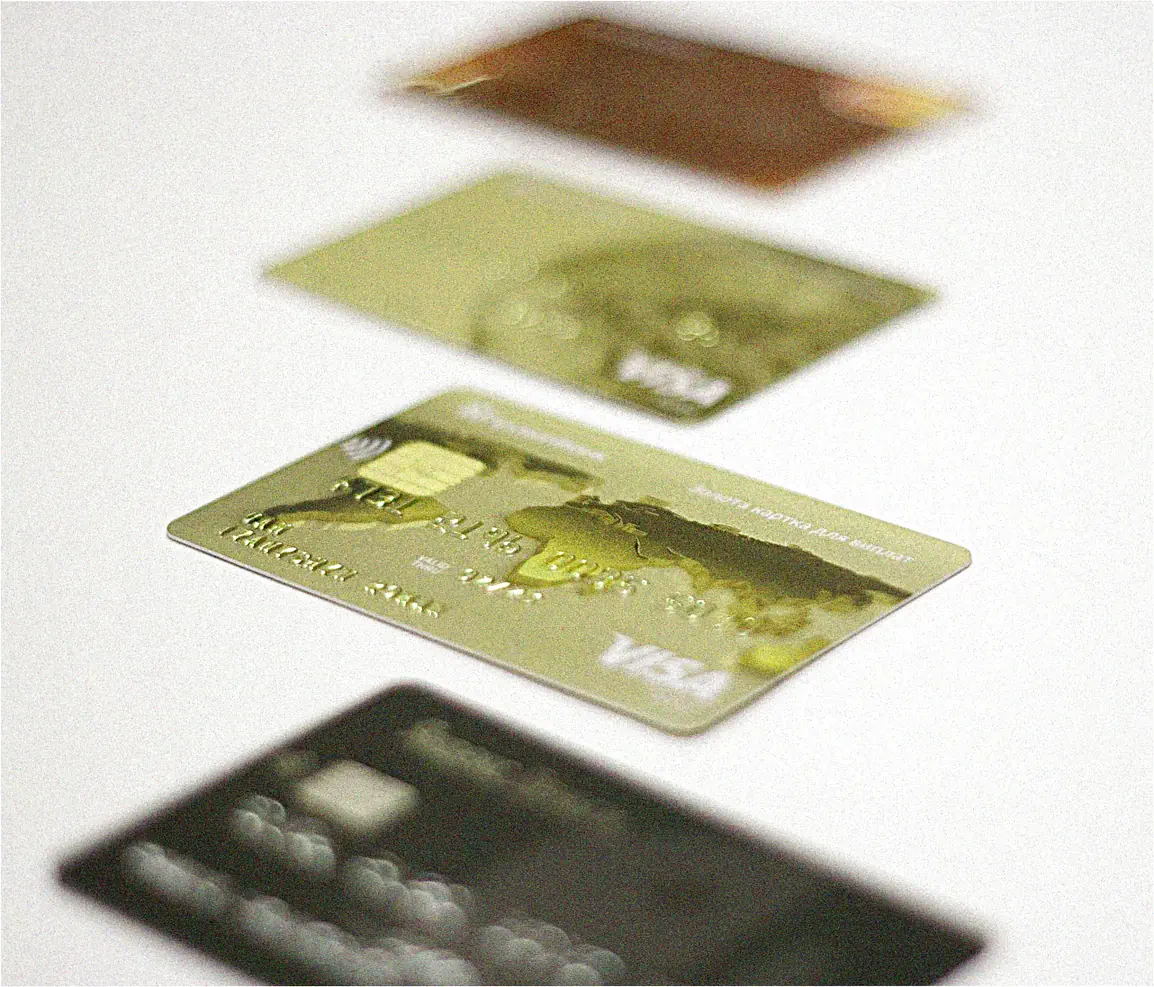
What tools can generate valid credit card numbers?
Lots of online tools can make fake-but-valid card numbers for testing.
They use Luhn’s math to make sure the numbers look real. Popular options include online generators like CreditCardValidator or libraries available in programming languages like Python (e.
g., the faker library). You can pick card types (Visa, MasterCard) and get numbers that look real but aren’t. Like making test numbers to see if a store handles payments, declines, or expired cards right. Pick trusted tools that focus on safety to stay out of trouble.
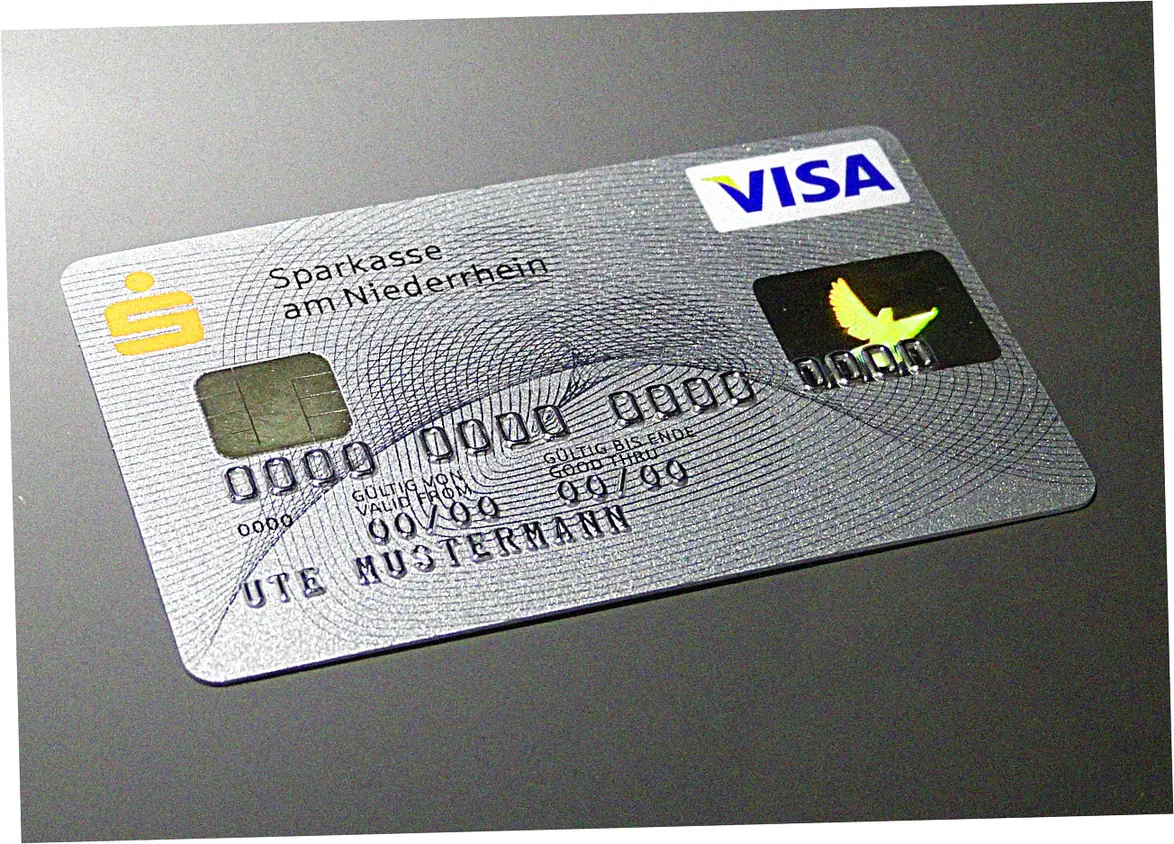
How do payment processors validate credit card numbers?
Payment systems use Luhn plus other checks to verify cards.
First they run Luhn to check the number looks right. Then they check the first digits to see who issued it.
They look at expiry dates and CVV codes too. Some systems do extra checks like address matching or 3D Secure to stop fraud. When you type your card online, they run Luhn first to catch typos. Knowing these steps helps devs build better payment systems and fix test problems.
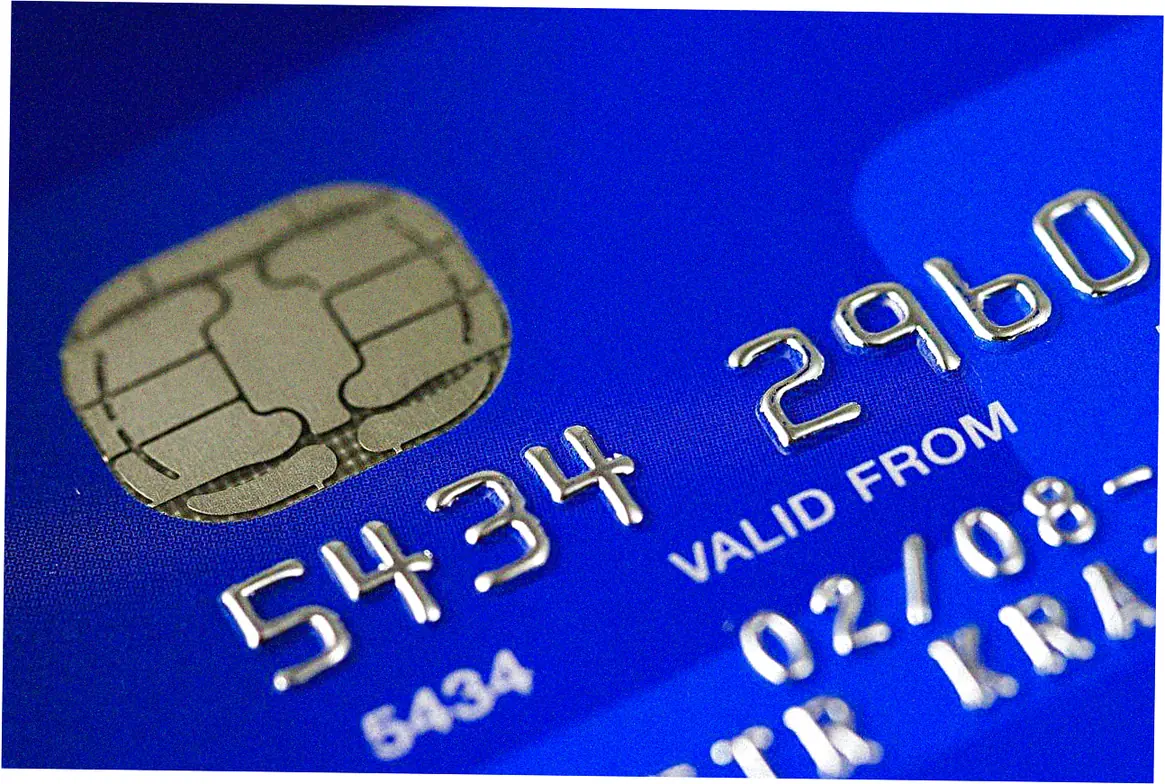
What are the risks of using real credit card numbers for testing?
Real card numbers in tests are risky – could cause leaks and break PCI DSS rules.
PCI DSS says you can’t use real card data for testing. Even in safe setups, leaks could mean fraud or legal trouble.
Fake test numbers copy real cards safely – no real accounts attached. Companies using real numbers for tests can get big fines and bad press. Stick to fake numbers and follow the rules.
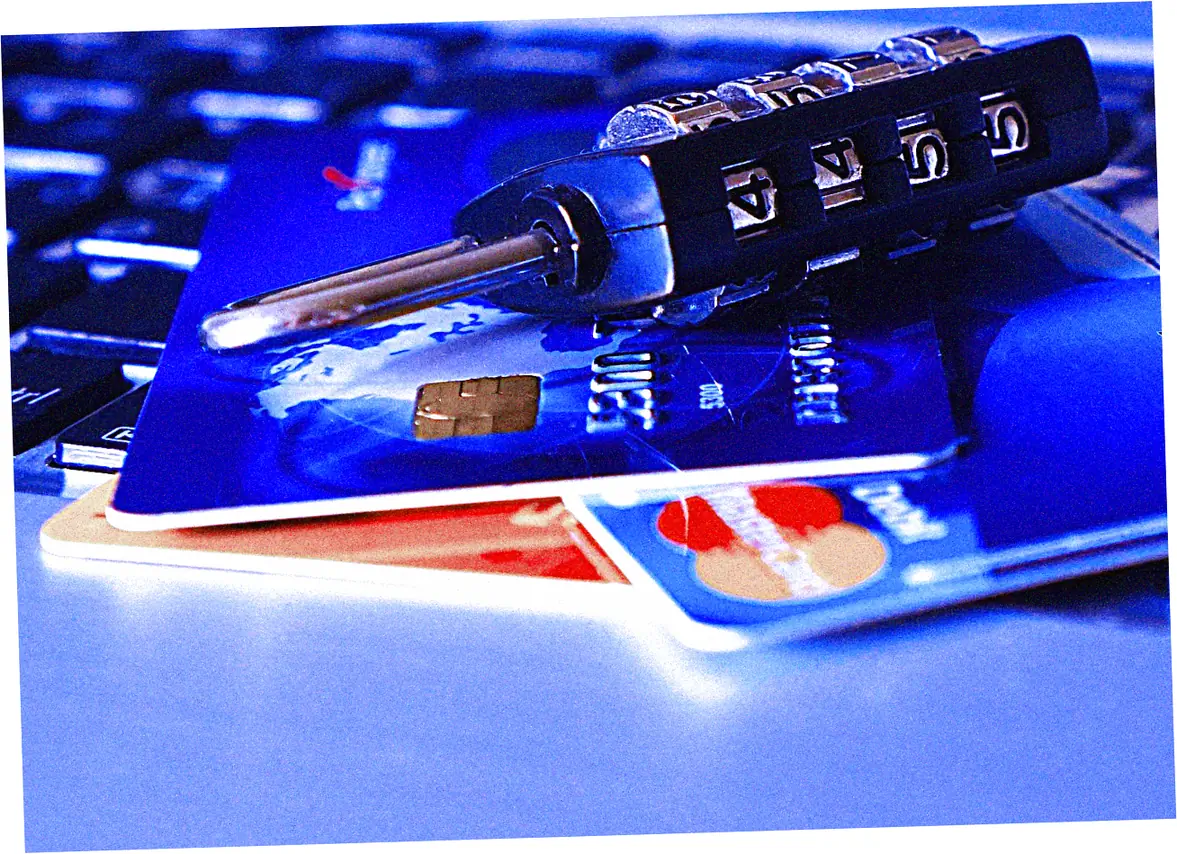
How can developers integrate credit card generation into their workflows?
Devs can add card generation to their work using APIs or code libraries.
Python’s faker library can make test card numbers automatically. Stripe and others give out test numbers for trying payments.
Add these to your automated tests to check payments before going live. Like writing code that makes test numbers, tries payments, and checks the results. This makes testing smoother and cuts live-site mistakes. Write it all down to stay compliant and clear.
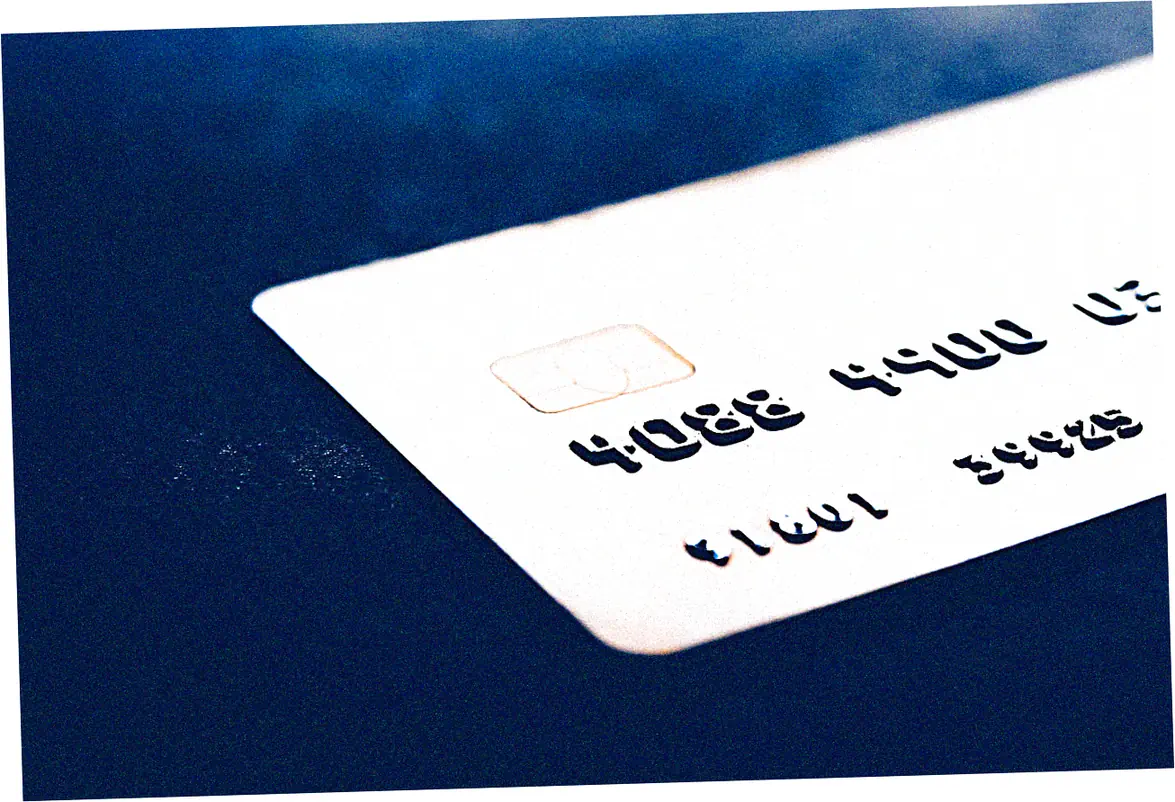
What are the limitations of the Luhn algorithm?
Luhn’s good for basic mistakes, but it’s not perfect.
It cannot detect more complex mistakes, such as transposing digits that result in another valid number (e.g.
, swapping 09 and 90). And it doesn’t stop fraud – just checks if numbers look right. Scammers can make numbers that pass Luhn but can’t actually buy stuff. That’s why payments also check CVV codes and addresses. Knowing this helps devs build better payment checks.
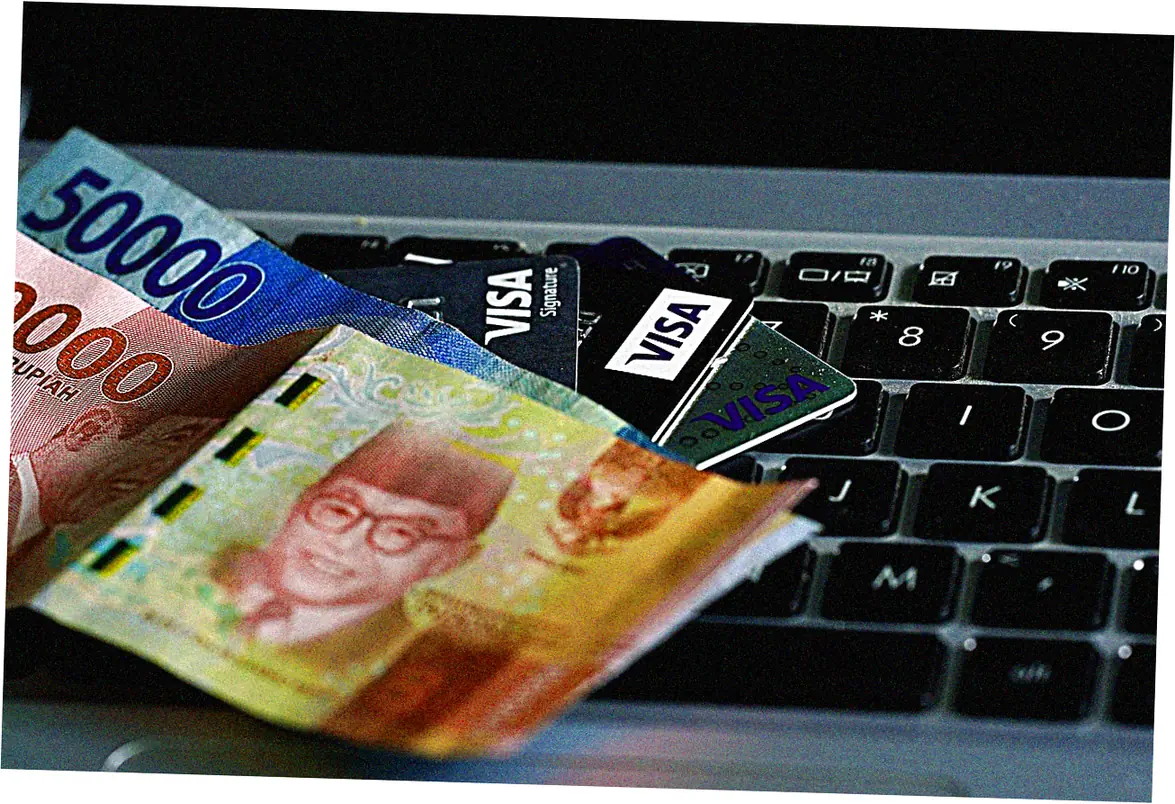
How do test card numbers differ from real ones?
Test numbers copy real cards but aren’t tied to real money.
Made with Luhn’s rules, they use special number patterns just for testing. For example, Stripe provides test card numbers that always start with specific digits (e.
g., 4242 for Visa) and trigger predefined responses (e.g., declines or errors). They won’t work for real buys – no bank connection. Devs use them to try out payments, declines, or expired cards safely. Keep test systems separate so these numbers don’t get used for real.
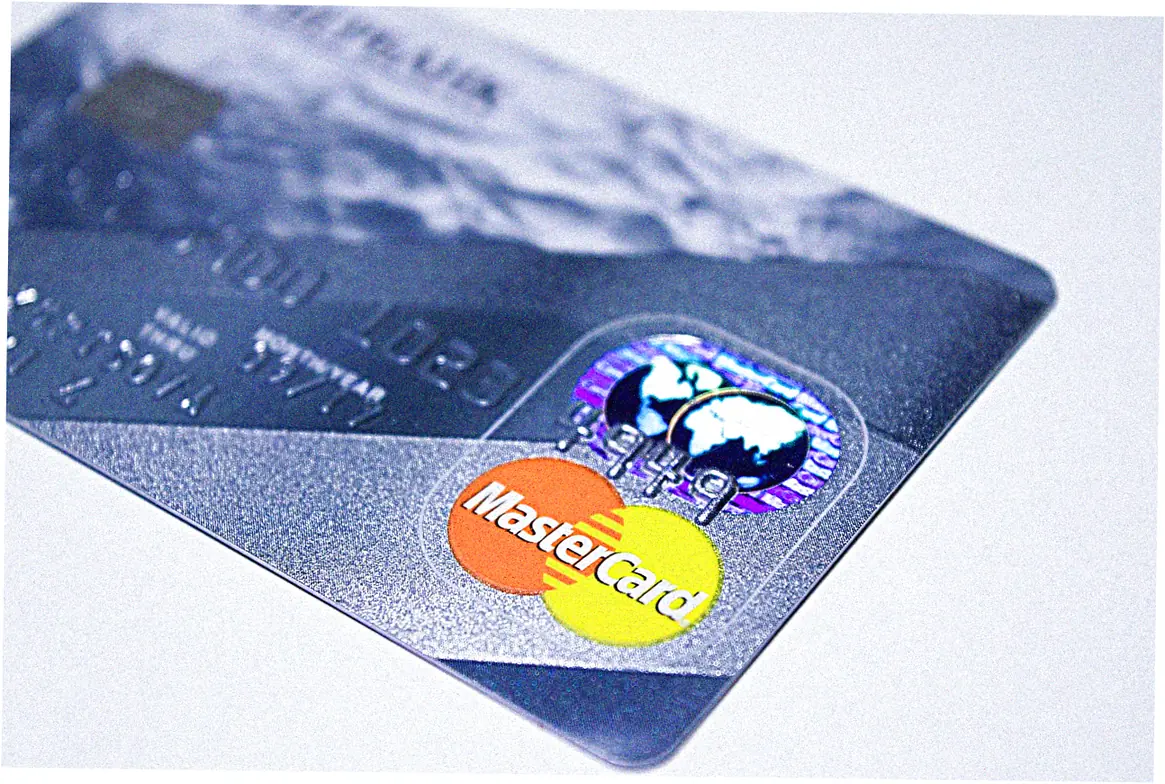
What are the best practices for using generated credit card numbers?
When using generated credit card numbers, follow best practices to ensure security and compliance.
First, only use these numbers in isolated testing environments, never in production. Second, avoid sharing them publicly or storing them in unsecured locations.
Third, choose reputable generation tools that emphasize compliance with PCI DSS and other regulations. For example, Stripe’s test card numbers are widely trusted because they are designed for developer use and cannot be misused. Finally, document your testing processes to maintain transparency and accountability. By adhering to these practices, you can safely test payment systems without risking data breaches or regulatory penalties.
In summary, understanding the logic behind credit card number generation is essential for developers and testers working with payment systems. The Luhn algorithm ensures these numbers pass basic validation, but they must be used ethically and securely.
Always opt for reputable tools and follow industry best practices to maintain compliance. If you’re looking for a reliable way to generate test card numbers, explore trusted libraries or payment gateway APIs to streamline your workflow.